The Beijing Mystery of a Moth, a Wasp, and a Strange Thing Nailed To a Tree
Earlier this week, after spotting numerous beige, oval-shaped objects affixed to Beijing's willow trees, Antoine Mansuy of Yizhuang's green-conscious restaurant The Roots turned to the collective knowledge of his WeChat friends to find out why. Not only did someone know but we considered the answer interesting enough to retell here. Enter the little-known Beijing ecological tidbit involving a moth, a wasp, and a strange object nailed to trees.
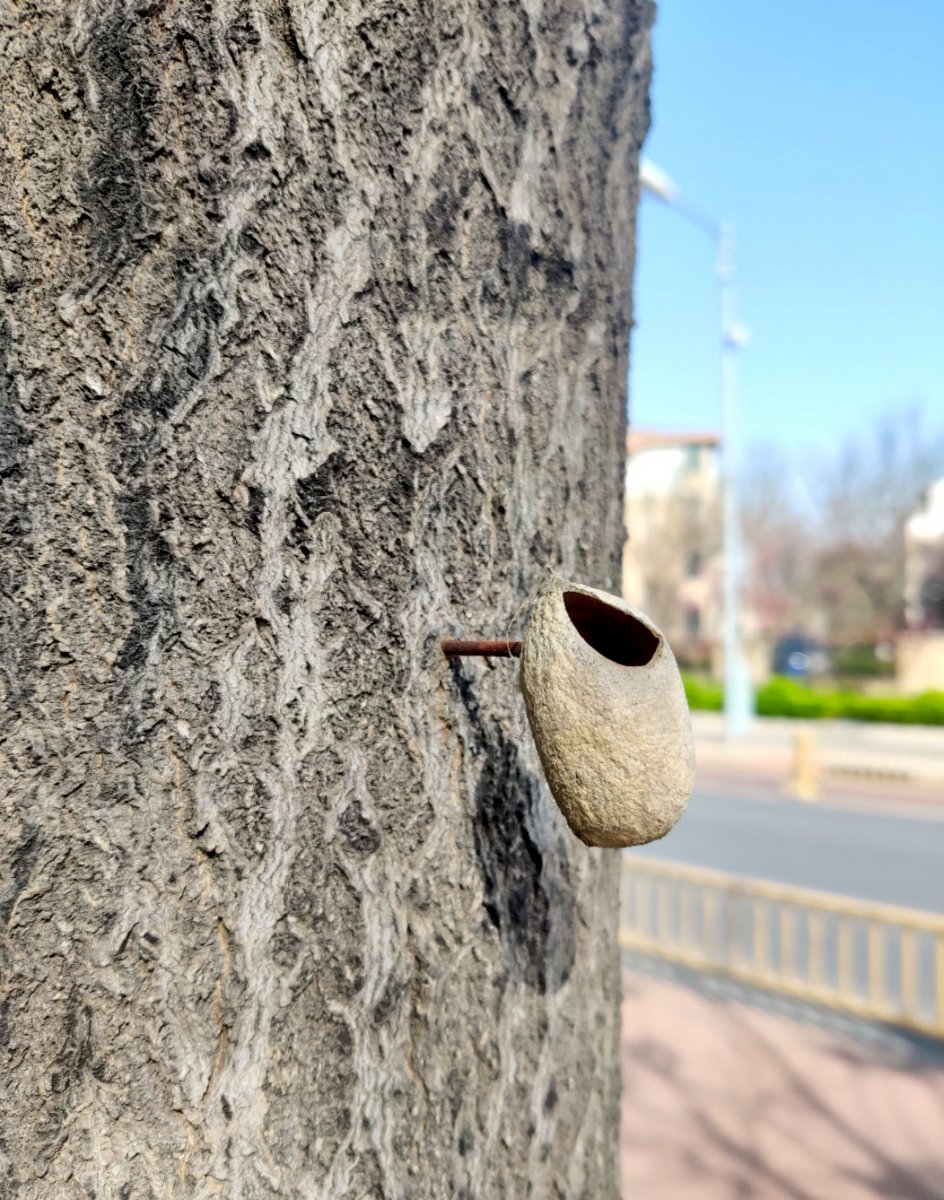
It all begins with the American White Moth. An invasive species native to North America, the moth was first identified in the city of Dandong, Liaoning province in 1979 and is believed to have hopped the border from North Korea. From there it quickly spread across China's northeast, reaching as far west as Shaanxi and as far south as Anhui.
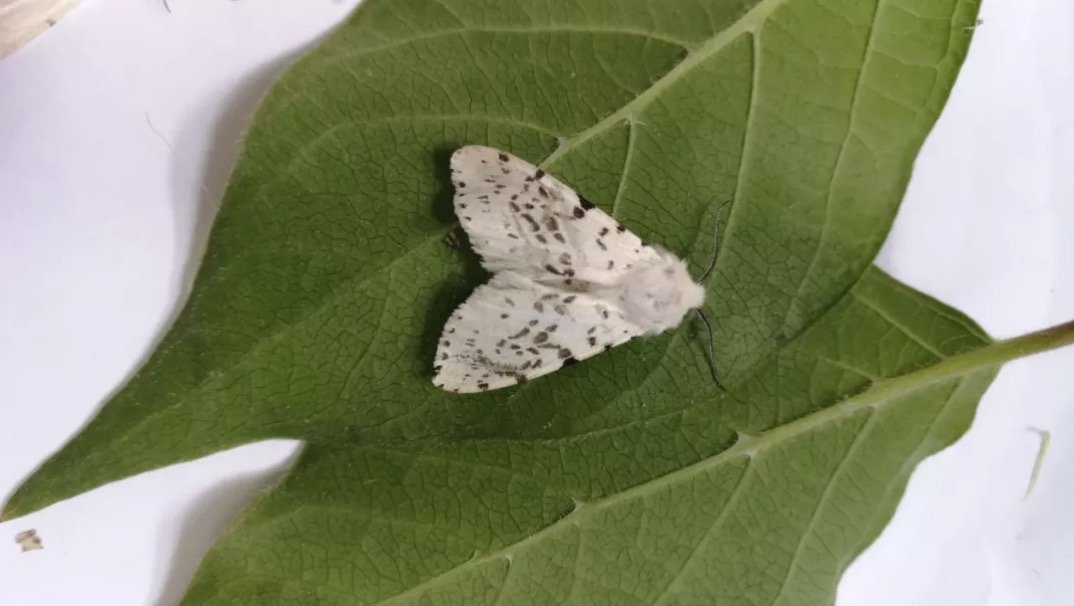
The moth is particularly damaging to local flora because it is highly adaptable to harsh environments and can withstand cold of -10 degrees Celsius and highs of 40. Its larvae are also rather tenacious, demolishing all leaves in their path at incredible speed and surviving for up to ten days without food in order to find new nutritional sources.
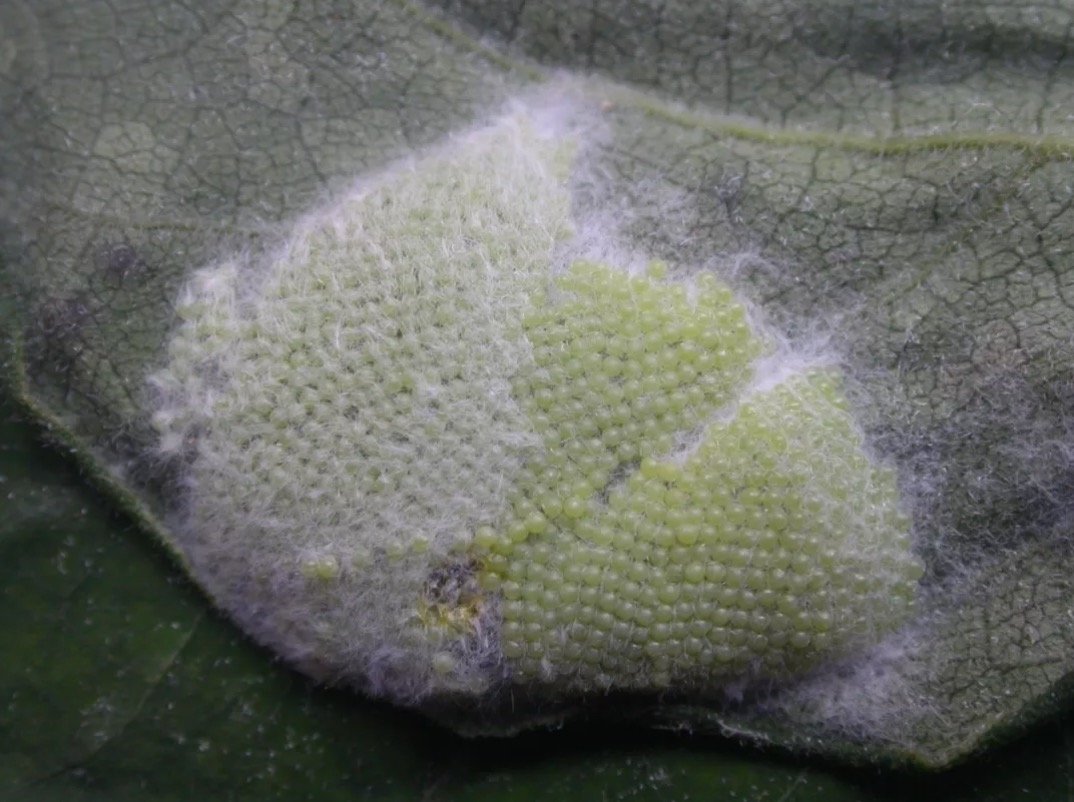
Then there's the sheer number of them: the American White Moth can produce up to three generations per year – from early March all the way to October – with a female moth laying 800-2,000 eggs per brood for an average number of larvae between 30-200 million. Simply put, the American White Moth doesn't fuck around.
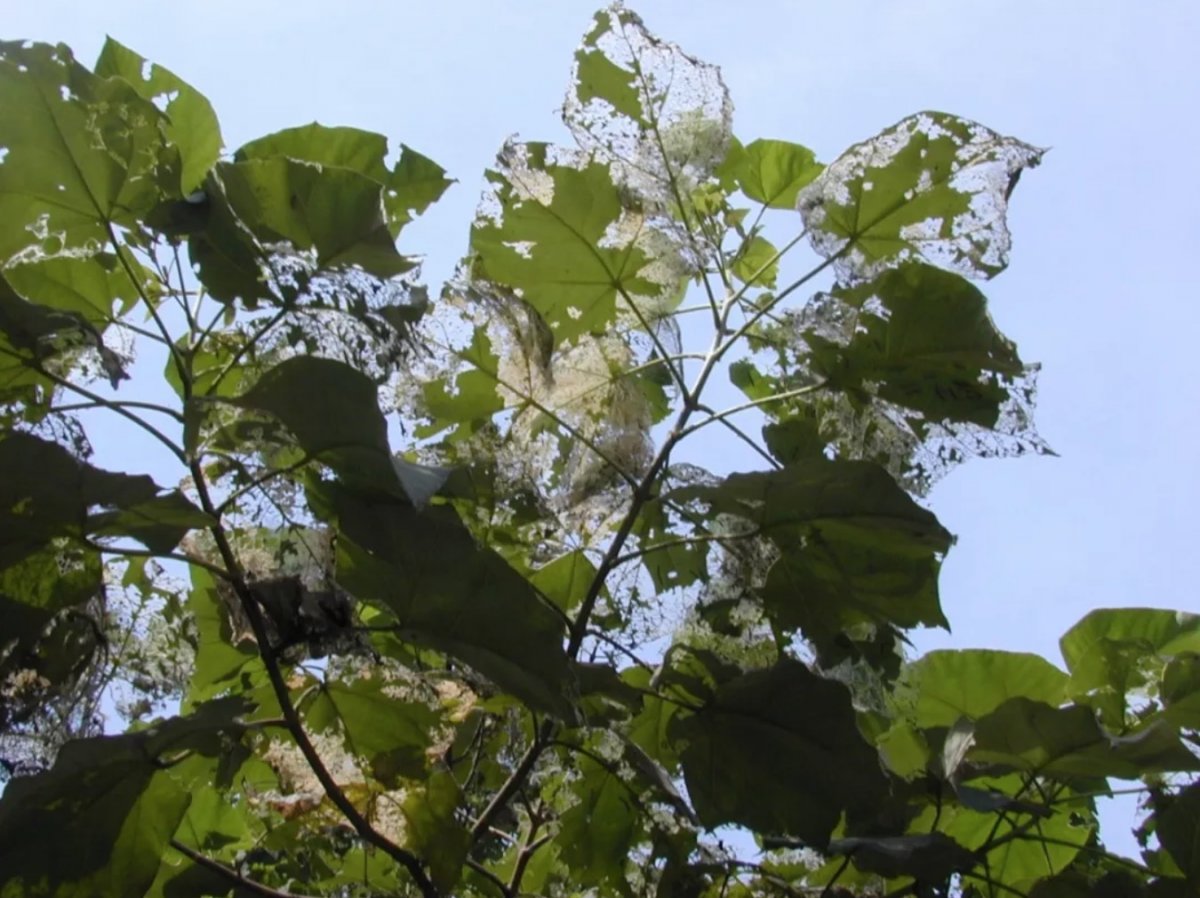
Finally, after other traditional control methods failed to keep moth populations low, China launched the American White Moth Control Project in 1998 and found a worthy biological weapon that could keep them in check: the "chouionia cunea Yang" parasitic wasp. These wasps, by evolutionary design, have a high rate of parasitism toward various moth species, meaning that in the wild, they would use their stingers to bore into moth pupae and devour the larvae from the inside.
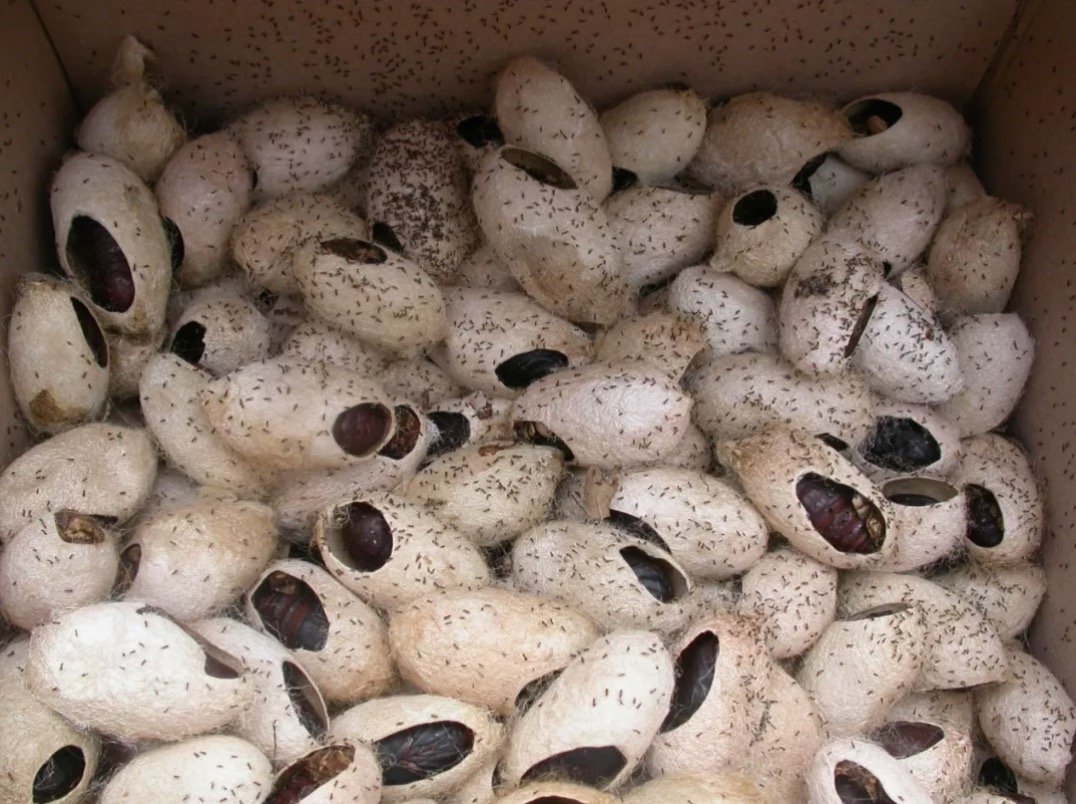
To maximize this effect, entomologists now breed the wasps in silkworm cocoons – each containing around 5,000 wasps – and hang them on trees in areas infested with the American White Moth. Luckily, these wasps are non-threatening to humans as well as other native species.
So next time you see one of these little guys hanging from a Beijing tree, make sure to tip your hat and thank the larvae inside for their unmatched parasitic service.
READ: Study Finds Beijing is One of China’s Best Places for Preserving Biodiversity
Images: Antoine Mansuy, Beijing Longtan West Lake Park







